Protecting Arizona’s Petrified Forest Can Be as Easy as Taking a Hike
After dispelling myths about vandals and thieves, rangers are working to make this national park more open and engaging
/https://tf-cmsv2-smithsonianmag-media.s3.amazonaws.com/filer/3c/92/3c92ce7a-85ca-4510-8a13-74be4484f3f0/42-21779673.jpg)
The stories accumulate with frustrating regularity: Field sites are being vandalized, fossils are being stolen, and dinosaur tracks are being damaged by illegal cast makers. Discoveries of new fossil sites are often met with a combination of joy and unease, as paleontologists and public lands managers are left hoping that visitors will see the ancient elements as something to be witnessed rather than pillaged.
But even though the depressing tales of fossil destruction are more likely to make headlines, there is at least one place where a more positive story is unfolding.
Arizona’s Petrified Forest National Park is famous for the stunning, rainbow-hued remnants of a Triassic forest preserved within its boundaries. It has also been regularly portrayed as a sad example of fossil theft. In the past, park rangers lamented that a ton of 225-million-year-old wood gets stolen from the park every month, and visitors were viewed with suspicion when they ventured into the desert.
While efforts to curb fossil theft were well intentioned, “everyone was being considered a potential thief rather than just visitors,” says park superintendent Brad Traver. There was even a “wall of shame” plastered with the letters of contrite fossil thieves who later mailed back their pilfered artifacts.
But Traver and park paleontologist William Parker didn’t totally buy the stories. “People would say, This spot over here, this spot ten years ago was full of wood, and now it’s clean,” Parker recalls. The trouble is that, geologically speaking, those spots were the wrong layers to have petrified wood anyway. Something else was going on.
Parker regularly asked himself why he wasn’t seeing the widespread theft that the park management was so concerned with. So by hiking a lot of miles and comparing new photos to historic documents, Parker went about checking whether the rumors were true.
Comparing photos taken in 2007 and 2012 to historic prints, he revealed that the monitored sites looked mostly the same over time. What's more, he found that some of the “missing” wood may have simply been buried under paved walkways installed along certain trails.
“People get the same experience as if they came here in 1880, and the pictures show that,” Parker says. While park law enforcement catches one to two percent of visitors stealing chips of fossilized wood, it’s not as if entire petrified trees are being burgled out from under the rangers’ noses.
“This allows us to be more trusting,” Parker says. So he and Traver have been working to make Petrified Forest one of the most open parks in the system. For instance, the park removed a scene from its orientation video showing a visitor being arrested for fossil theft, and it's curbed more “draconian” activities like searching visitor vehicles and closing areas of the park.
The letters from fossil thieves have mostly been removed as well, partly because some visitors took pieces of wood just to mail them back and get on the signboards. But the most important change is that the park is now actively encouraging visitors to go out and explore.
Petrified Forest used to be a drive-through park, and visitors would wind their way from one side to the other, hardly stopping to take in the scenery. These days, Traver, Parker and others have been suggesting destination hikes, where people seek out significant sites and unique vistas inside the park.
The vision is “a trip that’s enjoyable, that’s safe, and that protects our resources as well,” Traver says. So far the program has been drawing a greater number of visitors into the desert each year. And other park programs have even benefitted science. During a supervised public dig earlier this year, amateur paleontologist Stephanie Leco found the jaw of a long-snouted fish, the first known occurrence of the species in the park.
Traver and Parker credit this success to the changed attitudes. By trusting visitors and showing them how to best enjoy the prehistoric beauty, Petrified Forest has given people a new reason to care about this slice of prehistory in the Arizona desert.
/https://tf-cmsv2-smithsonianmag-media.s3.amazonaws.com/accounts/headshot/RileyBlack.png)
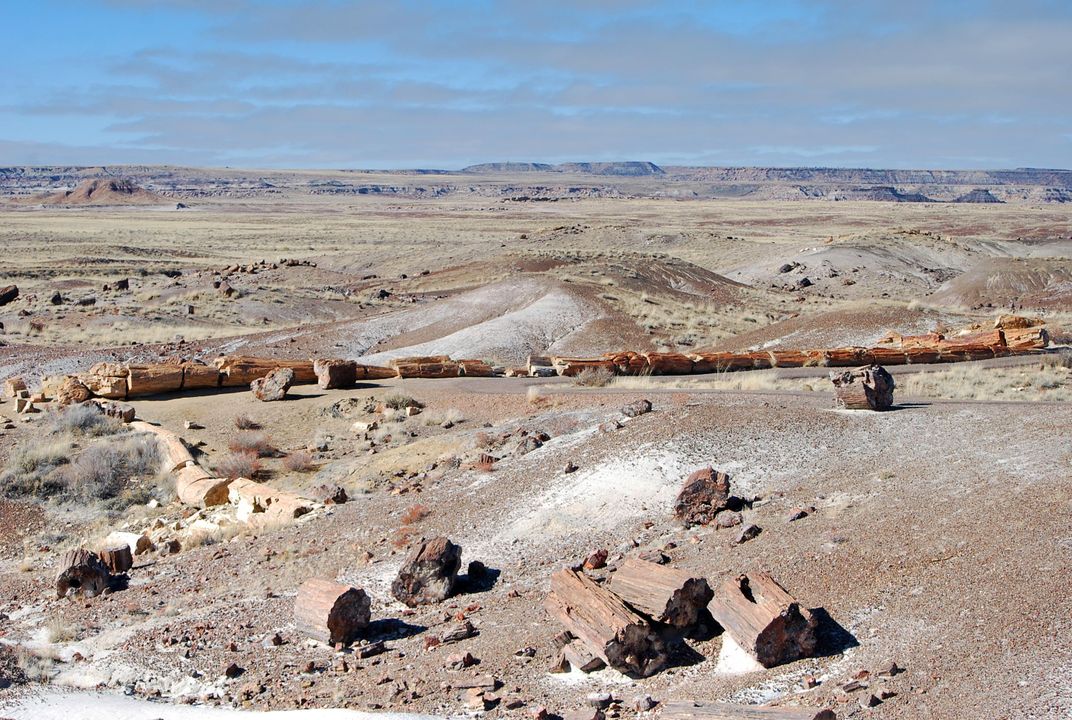
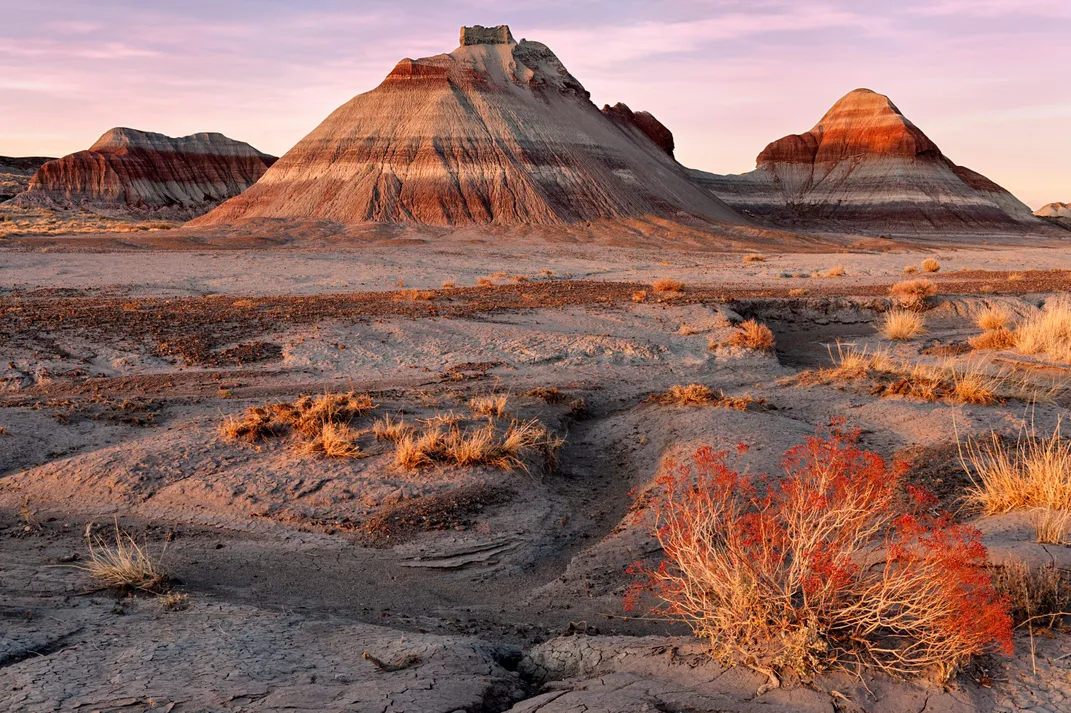
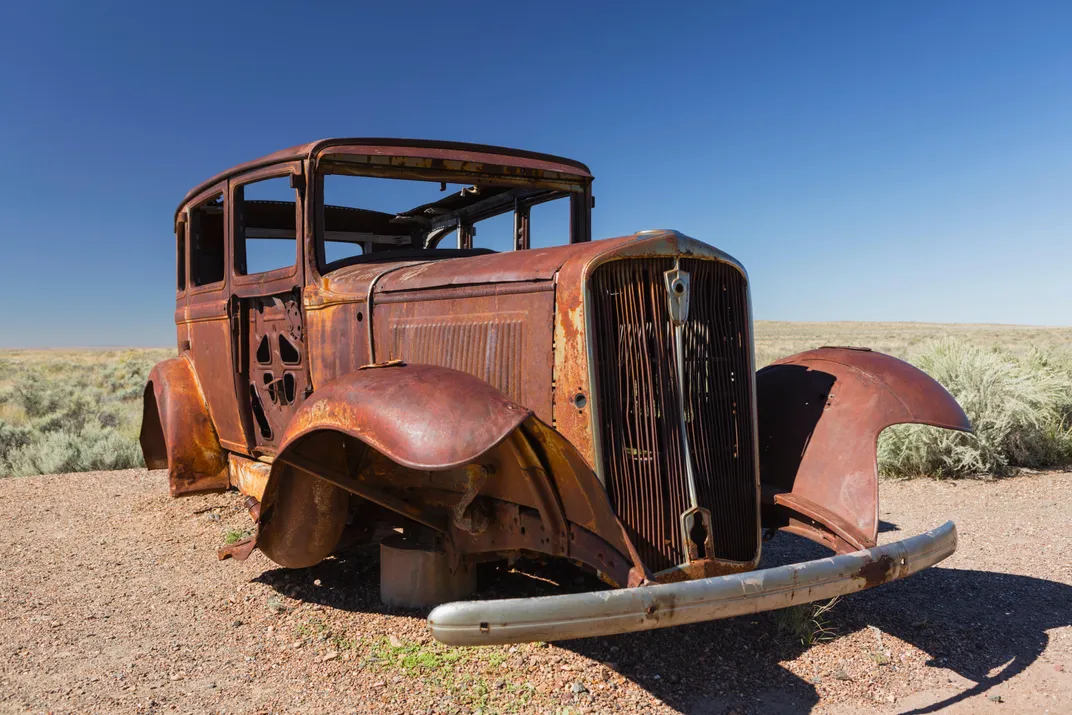
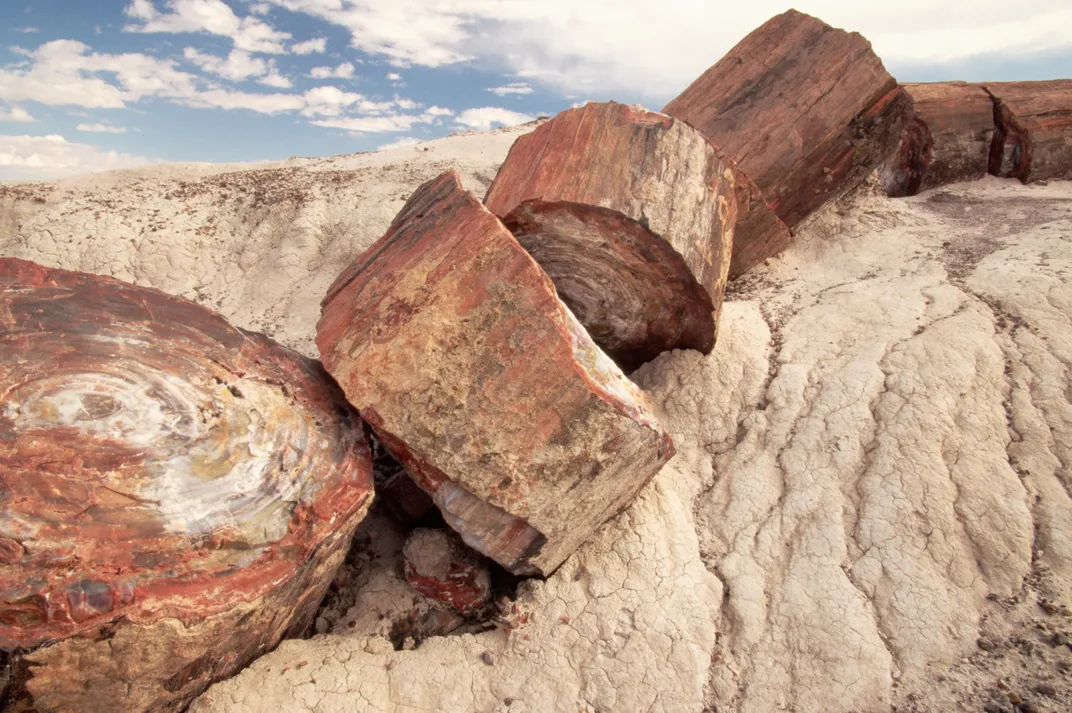
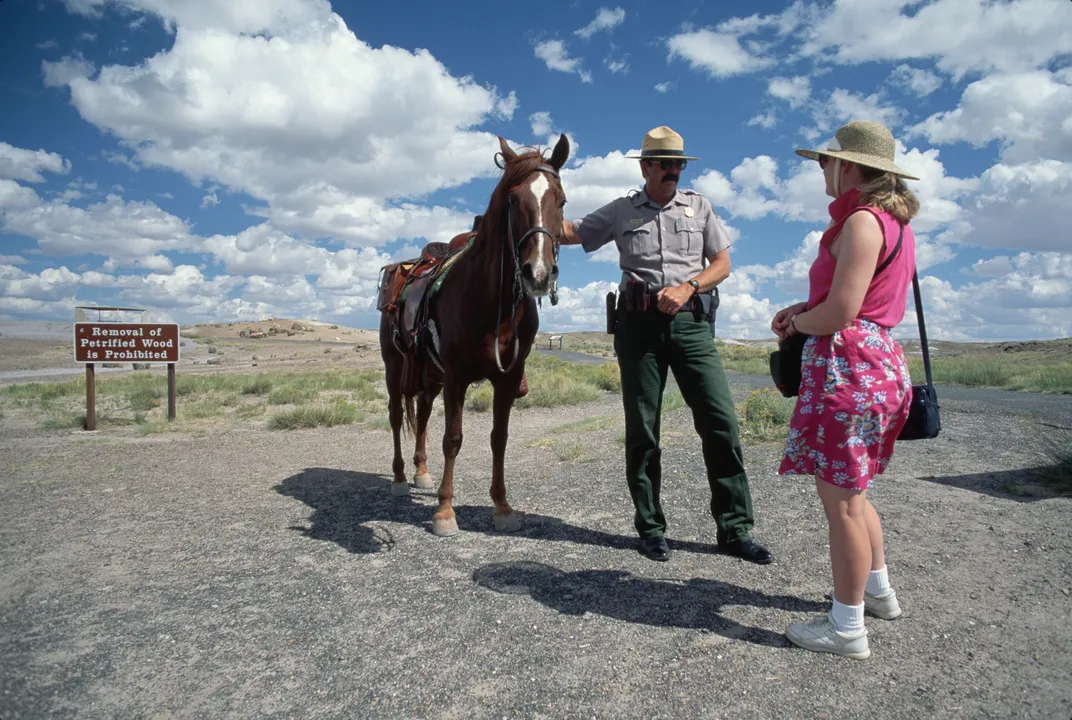
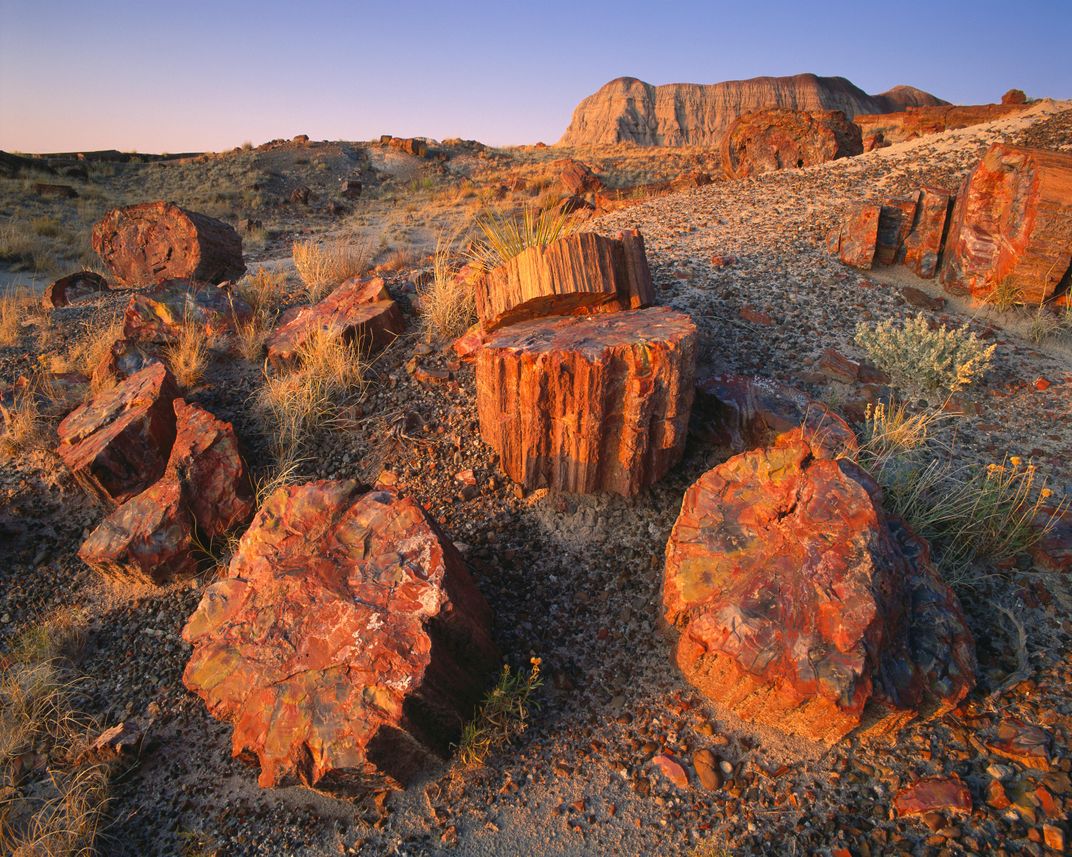
/https://tf-cmsv2-smithsonianmag-media.s3.amazonaws.com/accounts/headshot/RileyBlack.png)